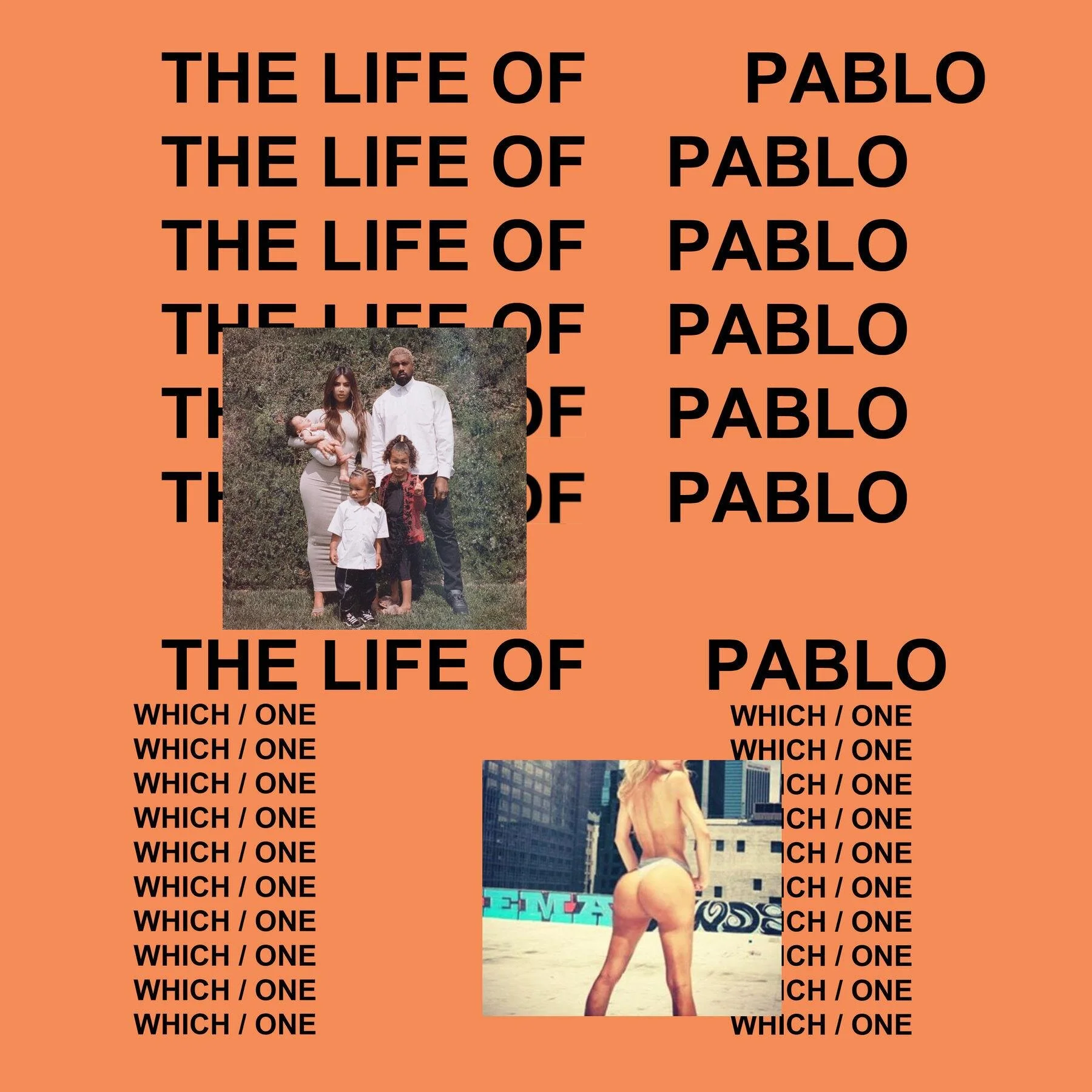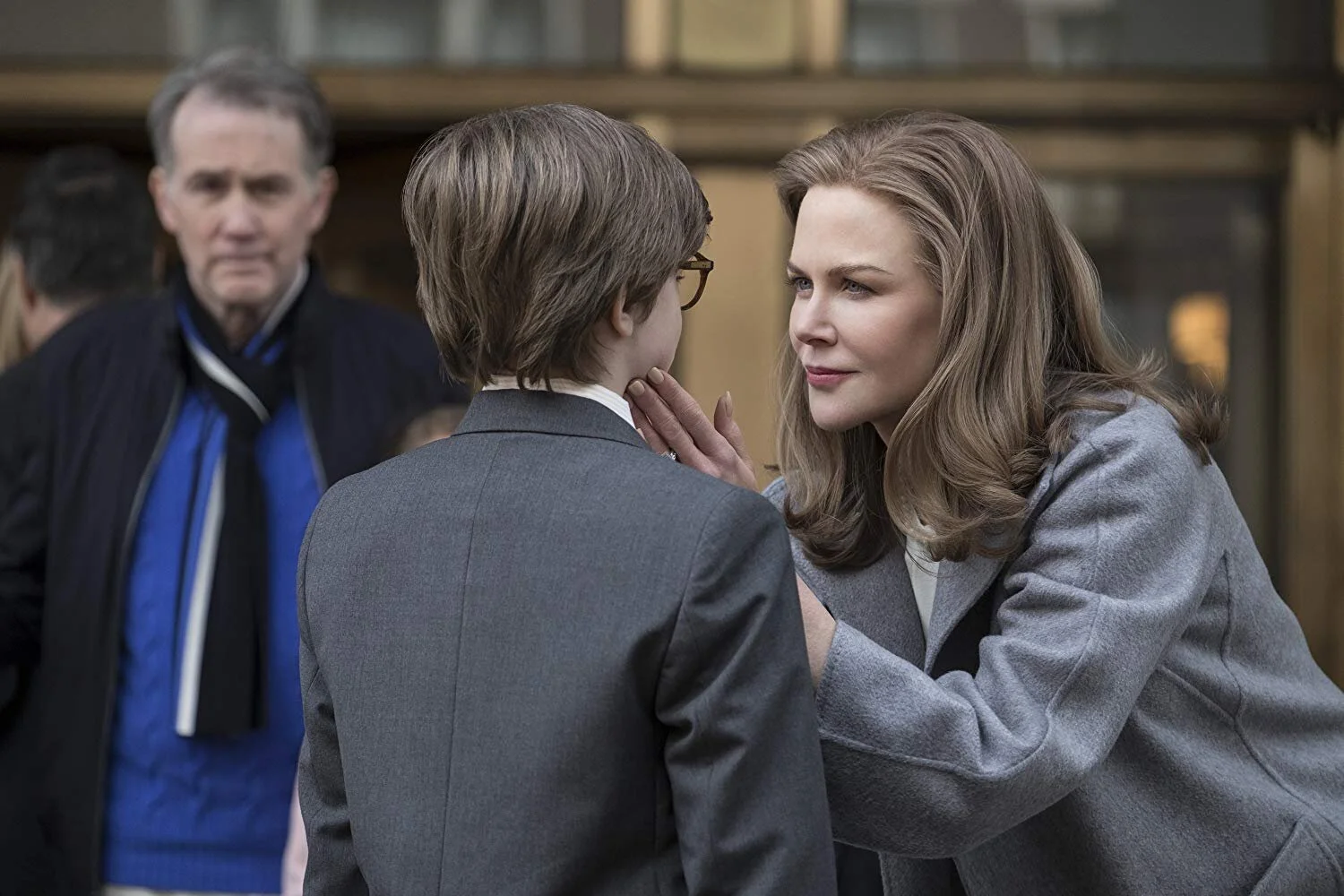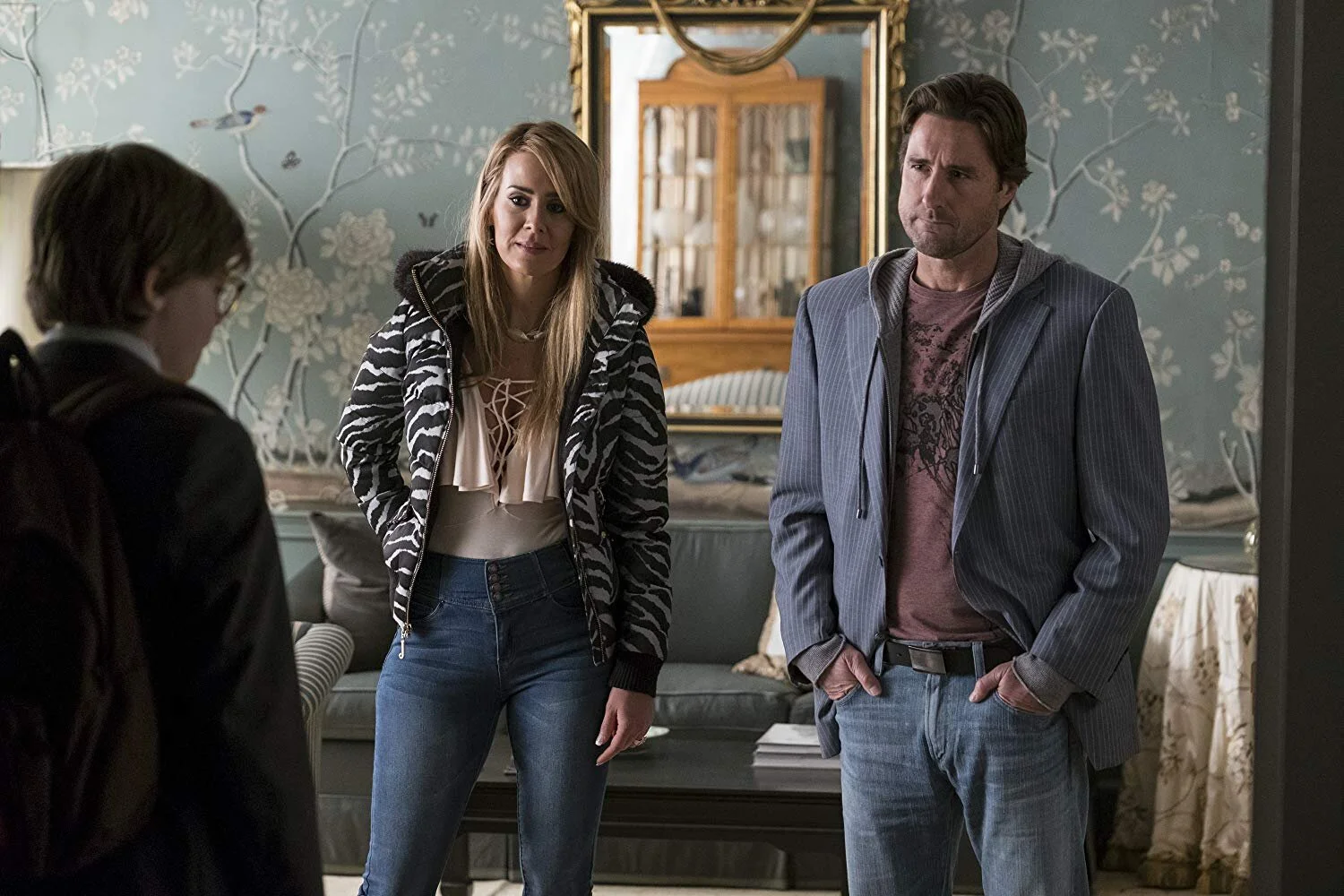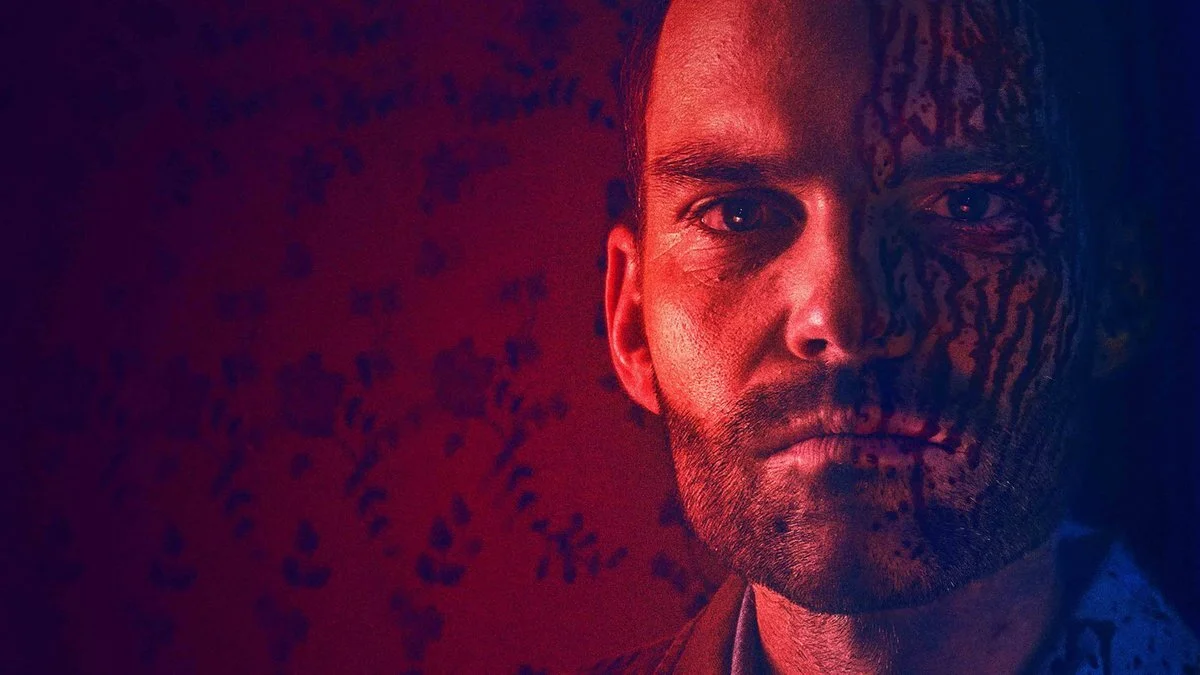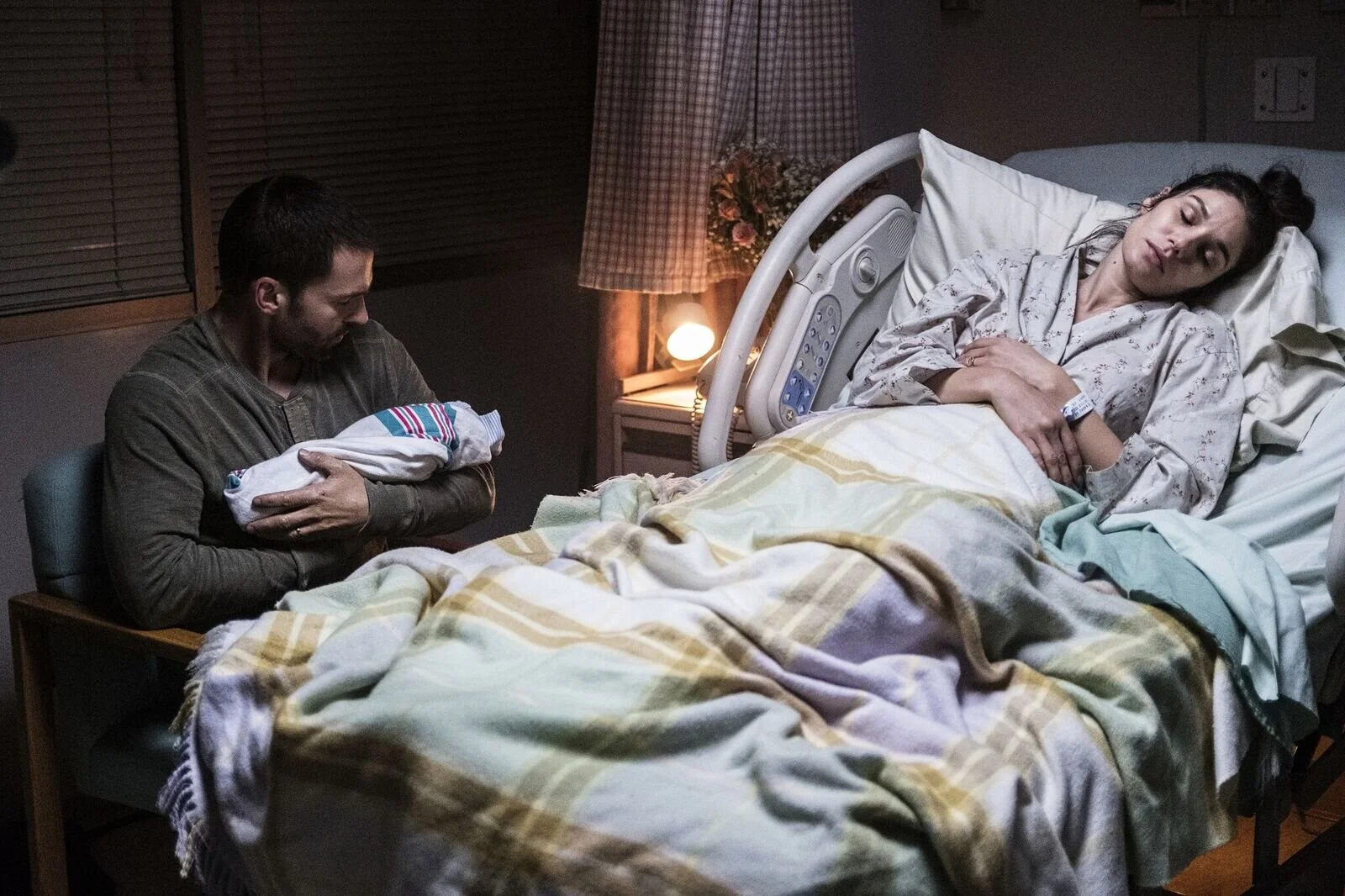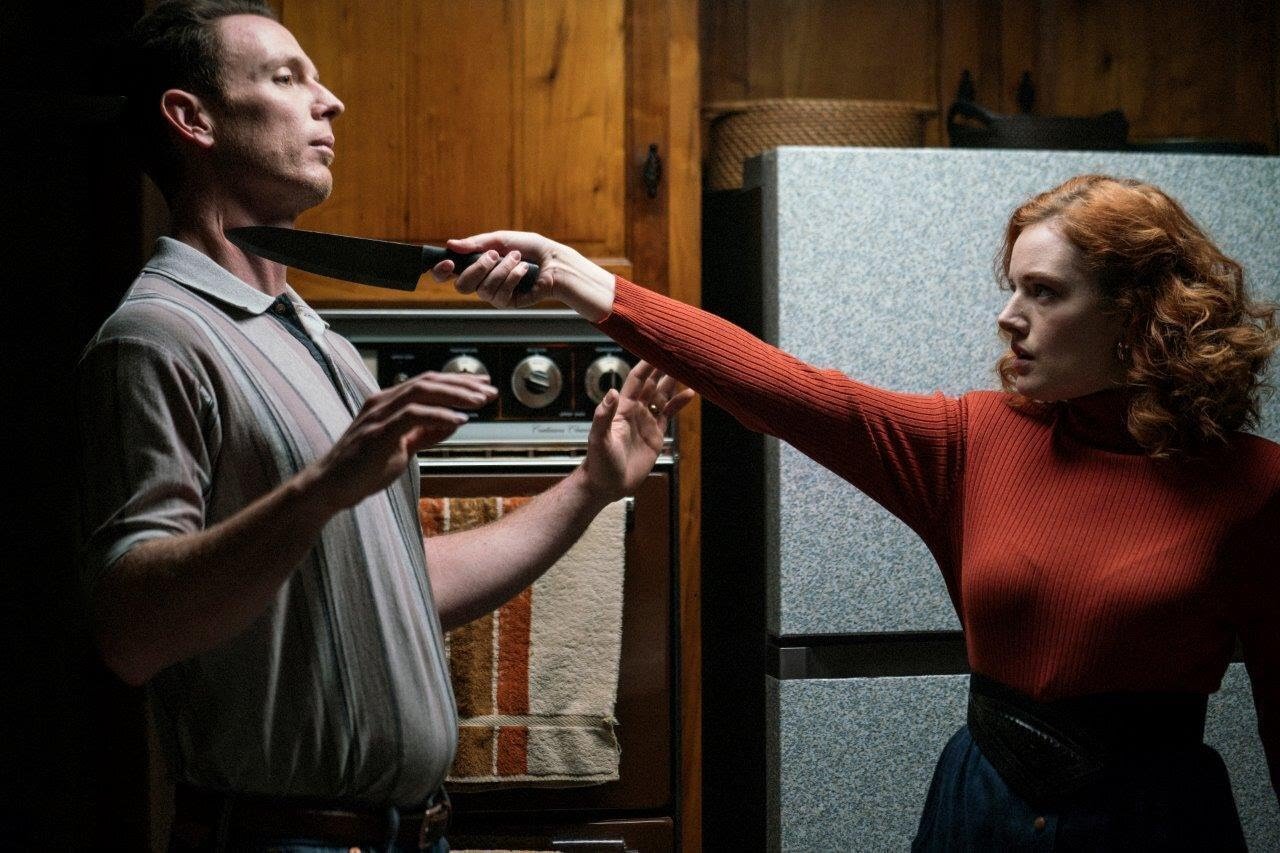Trevor Gureckis
Trevor Gureckis is the emergent composer behind John Crowley’s The Goldfinch, Henry Jacobson’s Bloodline, Emanuele Della Vale’s Wetlands, HBO’s Vice: Raised by the System, and EPIX’s Election Day. With an affinity for intermixing orchestral arrangements with cutting edge digital instrumentation, Trevor’s modernistic musical sensibilities range from refined to intense with a nuanced emotional consciousness. After six years of assisting Philip Glass, Trevor embarked on his own artistic trajectory and scaled up his joint venture New York-based artist collective, Found Objects, fulfilling the musical needs of corporate clientele including Nike, Chase, Sprite, Under Armour, BMW, and the NBA. Additionally, Trevor is an accomplished producer who has contributed to the oeuvres of such luminaries as Kanye West, Desiigner, Caroline Shaw of Chairlift, Niia, and Mark Ronson. In our discussion, Trevor reveals how he conveyed the grandiosity of Donna Tartt’s Pulitzer Prize-winning tome in his score for The Goldfinch and what he has up his sleeve for M. Night Shyamalan’s forthcoming Apple TV+ psycho-thriller, Servant.
Source: Ben Norman
I understand that you studied composition at the Yale School of Music before pursuing many parallel paths in the entertainment industry — apprenticing for Philip Glass, working as a media composer, producing and arranging for the likes of Kanye West and Mark Ronson, co-founding an artist collective, and so forth. Can you provide us with some insights about how the Ivy League experience informed your professional trajectory? What have been your most significant lessons learned in art and business?
I think one of the things Yale School of Music was really good with, particularly Martin Bresnick and some of the other professors there, was that you learned how to listen and deconstruct music by critiquing what’s going on. It’s a great way to learn a lot of different styles quickly and adapt to a lot of different situations.
You don’t really think about it while you’re there. As classical composers, you’re focused on things like, “I want this orchestration to sound large and epic,” so the strings need to be in this register, or maybe they need to play extra double stops, so everyone’s playing as many strings on their instruments as possible. You start to take that knowledge and that kind of critical thinking and apply it to basically every type of music you come across. You begin to think, “So, how is that high hat made? How is that kick drum constructed?” and you pick at things in that direction.
It was a two-year program, and it was great to learn about critical listening of your own work and other people’s work because we had a small community there. We would all share music and then critique it in a very open way, asking, “Why did you do this? Why did you decide to change this section?” So, that was a really positive environment, and some of the experiences were challenging, but I think it’s a good thing to continually question what you’re doing at all times.
Moving forward from that, I worked for Philip Glass for six years. It started as an internship, and then eventually, I got hired after I graduated. I learned from him how to be self-sufficient — the idea that you’re in charge of your own life and you have to make your own opportunities. As a composer, you have to find your own way. I learned this by working with him on some commercial projects. The producer liked working with me, so I was asked to do a couple of things and starting finding projects like that.
When I was at Yale, I had formed this very casual company called Found Objects with another composer named Jay Wadley. He and I were like, “Well, we’ve got to find a way to make a living and figure this out when we graduate.” He worked for Rufus Wainwright for a bit, and I was working for Philip at the time, but there were projects here and there that would come in like, “Oh, here’s some work we can do in advertising, or there’s a film we can do.” We developed our own careers in music, and now we have an office with employees — we’re dedicated to film music. I produce artists and worked on some of Kanye West’s stuff. It’s really all been about being open-minded, listening critically, taking things as they are, and following that journey.
Based on the 2014 Pulitzer Prize-winning bestseller, The Goldfinch is a resonant bildungsroman revolving around Theodore Decker, whose existence was forever changed after tragically losing his mother in a bombing at the Metropolitan Museum of Art. What is your personal connection and attraction to the story of The Goldfinch?
Well, it was an interesting process getting pulled into this project because I came into it pretty quickly. I worked with the music supervisor, Sue Jacobs in the past on another film called Wetlands and she asked if I wanted to pitch on it. I wrote a four-minute piece that ended up being the theme for the score, and the very first cue of the film, but I didn’t have a lot of time to do it. So, here’s The Goldfinch, a 700-page book, and here’s the picture, but don’t write to the picture — write something that’s inspired.
I didn’t really have a lot to go off of except some of those basic materials, and I was focused on the elements of the story. My score is mostly connected to the grandness of the tale because it’s such a broad story — it being a story of his entire life starting from this event all the way through adulthood. It covers all of these problems that he had with his father, dealing with this tragedy, and having this painting that he stole and everyone has been looking for. I’m really describing both Theo as a character and also the size of this narrative in a way, but the story has its own amount of space on the screen.
So, my first thing to do was to write the theme that was going to be attached to Theo and The Goldfinch painting, and then I established some aesthetic elements — some impressionistic qualities and ideas like that. I started thinking about some of these colors and certain electronics, but I was moving pretty quickly at that point. I don’t even know how much music I ended up writing before I was actually hired, but you know how it goes sometimes. You just keep writing and writing, and they’re like, “Maybe you can try this.”
I got cued into the characters and following Theo because it’s really a journey of him being pulled through this story. He never deals with anything that happens to him; he never settles on anything. Somehow, he comes right back to the same place. I have a theme that was set up to be unresolved, and it never resolves until the very, very end of the film. The idea is that he is just being held captive to the story he’s in, and the thematic content I’ve composed as well. So, in that way, people have compared it to an epic, and it really is, because he experiences one thing after another — it’s almost like he’s being pulled through a river.
Earlier you mentioned having time constraints to fulfill the score, what was the schedule like?
There was a lot of experimentation just to get me into the door because they weren’t really sure what was working, but once John Crowley was like, “Okay, I think Trevor should be the composer,” the process began. And then it was probably a month and maybe a couple of weeks to finish forty or fifty minutes of music — something crazy like that. It’s a full orchestra, synths, and more, but I was doing it all.
I worked with David Campbell, who’s the orchestrator, but I did all the orchestral arrangements and all the synth computer stuff myself. He was more involved in pulling it down, and then we would talk about ways to accentuate some of the electronic elements, going back and forth that way. That said, it was pretty fleshed out, but it just needed to get to this stage. He’s such a brilliant conductor, which is very important to get things going quickly and to earn the trust of the orchestra immediately. We recorded it in here in New York, and so many of the players were from the Met, so there were a lot of expectations, and everyone was experienced. It went so smoothly. Everyone was like, “This is the easiest project we’ve had in a long time.” We had a decent amount of time to prepare for what the sound was going to be and to establish what the world was, so once the contracts were signed, we were able to get going quickly because we really knew where we were at that point.
What specific musical elements draw distinctions between Theo’s past and present depicted fourteen years apart?
Theo doesn’t spend too much time in New York before he’s sent off to Las Vegas, so musically, it’s a really unique place. I wanted that to be really clear. There were a lot of aesthetic choices I made for this. The woodwinds were doing flutter-tonguing, there’s a boy singing, and the electronics are creating this strange, whispering sound. It’s otherworldly and buzzing — it has heat qualities. The idea was to relay the foreignness of Las Vegas in the way that felt being there. It was a massive part of his life right after the explosion, and then he runs away and heads back to New York. He eventually grows up to be a different person who’s very buttoned-up — an Upper East Side kind of guy.
Through that, he’s still doing drugs, and he’s still caught up in this obsession he has with this painting. Why he stole it is not clear to him, but it represents his mother to some degree. Even so, it’s this awful deed that he has done to humanity because, in a way, it’s one of the worst things you can do. Stealing art is a horrible sin, and he’s committed it, so he has to live with that guilt. Of course, you’re never going to forget these things if they happen to you, so he’s stuck and won’t move forward with his life. The music of that world is more orchestral and more conventional in some ways, but there’s always this edge — a specific energy and unease that permeates his general state of mind.
What was your most instructive take away from your collaborative experience with director, John Crowley? Can you describe the process to refine your musical offering under his guidance?
Working with John was really amazing because he had a very open point of view. Some directors who have very set concepts about how everything should be, even in a musical sense. Not everyone can be prescriptive, but he was to the point and focused on what was happening in each scene, like “What are we trying to say? What are we trying to get at? What is the point of this happening here?.” Getting in that state of mind can sometimes be confusing because you’re like, “Can music dance? Can architecture dance? I don’t know.” We were able to focus on the most important elements, which in this case, were the dramatic things that needed to be achieved. We were able to come up with goals, which was helpful for me to learn what he was focused on.
This is my hypothesis, but I think the fact that he comes from this deep experience in theater is maybe why he had such an open mind towards me trying things out. Coming from that theatrical directing background, experimentation is part of building a show. It’s a lot of rehearsal and a lot of putting people together to try things out. He was very open to hearing things multiple times and had very clear, thoughtful reactions to everything I shared with him. If something didn’t work, I was 100% onboard for starting from scratch and going through the whole process again, but I think we had good communication. He could speak as a director in a language he was comfortable with, and I could speak as a composer in a way that I was comfortable with. We were able to meet each other in the middle in a really productive way.
I will say that the music editor, Nancy Allen, was integral to this because she was able to foster this communication between us. She was great about playing back the music for him in different ways. All around, it was a great team — myself, John, Sue Jacobs, and Nancy Allen. We were all together on this, and it was really great to have a team atmosphere to problem solve and push the music to be the best it could be. The four of us were a little Goldfinch team. In terms of composing, I don’t really work with other people, but I certainly wanted to work closely with the music editors and music supervisors. I think those are your biggest allies on a film or a TV series because they are so tuned in to what the director and the producers are thinking. And so, this movie was particularly strong in that way.
Henry Jacobsen’s Bloodline follows the experience of Evan, new father, and a seemingly ordinary social worker by day, who preys on the abusive fathers he encounters after hours. What do you consider to be the musical linchpins of this emotionally chaotic plot? Can you tell us about the exact synths you harnessed for this score?
Bloodline is just 100% different to some degree. This was my full-on attack of the synth world. I do use a lot of similar sounds in The Goldfinch, but they’re covered by this sort of marriage of acoustic instruments. If you took all those acoustic instruments away and listened to the bare bones, you might hear more of what Bloodline sounds like, just instrumentation wise.
This highly stylized thriller world drives the music. Henry Jacobson, the director, I’ve worked with many times in the past, but the projects were more orchestral documentary projects. For this one, he wanted to go more in a Cliff Martinez direction, and I was really into Mac Quayle’s Mr. Robot stuff, so we were collaborating on some concepts that would be cool musically.
I have my own set of instruments that I’ve used in the production work I’ve done. My workhorse is the Prophet ’08; I use it all the time. I also have some really simple other analog things like Dreadbox NYX and some software things. Nothing crazy, but enough elements to piece together a sound. The film has lots of stylistic references to other thriller movies, and so the score has obvious references in a similar way, but I wanted it to be pretty modern at the same time. To me, I was going for more of an almost trap music sound. There’s a “Birth” cue that’s a trap music thing with an 808 kick, but it’s just this horrendous theme and totally different than anything else in the score, but then there’s crazy synth arpeggiators and all that.
The idea was that, even though we’re stylistically in this world, it’s an emotionally aggressive score set against pretty mute performances by the actors. Henry wanted to have everyone pretty quietly performed, so the music really accounts for a lot of the aggressiveness. I mean, when Evan is murdering people, that’s certainly exciting to watch, and it’s super graphic, but the shock just gets really out there when you hear an arpeggiator start to go crazy. The music in Bloodline functions at this heightened level of aggression for two things — his love of killing people and his love for his newborn son. It’s about maintaining his ability to kill people and safely keep his son away from that side of him. He kills abusive fathers, and it’s something like vigilante justice, but it gets out of control, and then things almost fall apart. Or do they? [laughs]
In musically communicating Evan’s internal disjunction between family man and serial killer, what was your favorite sequence to score?
In Bloodline, there’s a sequence towards the end where I wrote this conceptual theme, and there are three pieces to it. The first cue is called “Go Back to Sleep,” and then that same piece of music happens again, and the same scene is replayed, but you realize it’s in an entirely different context. That one’s called “Not Easy,” and I added more layers in that scene, and then at the very end, there’s a track called “What About The Boy.” It’s the culmination of that same music leading into a finale moment. It’s the idea of this one piece of music transformed in three different ways, which I thought was a cool concept. The last scene is like a driving scene, so it has percussion elements in it, and the second one is a murder version, so it’s an interesting theme in variation.
Is there anything you can share with us about the forthcoming M. Night Shyamalan directed Apple TV+ series, Servant?
I’ve finished it. Publicly, [Apple] said that the service comes out in November, but I don’t know when the actual show airs.
The music for Servant is a totally different vibe, and it’s been a really great experience working with [M. Night Shyamalan] on it. They shot it in Philly because that’s where he lives, and that’s where the house was. It takes place in a house, and they built the set for it. The house is cut up in three sections like an industrial park kind of thing. I would go there once a week to do spotting with him. Then I’d come back here, write an episode for a week, and maybe take a couple of extra days to do revisions before going back.
There are ten episodes, and they’re thirty minutes each. The music is somewhat liturgical. There are bells and violins — a lot of piano. I was actually playing inside my piano, scratching it and hitting hammers. There’s always going to be electronics in what I do, but this score’s a lot more transparent. There are a lot of glassy sounds and all these things that are a little more eerie and strange.
For this [show], I learned the violin because I wanted to capture something that sounded different than what I was getting out of samples I had. I felt like I could just do it myself to some degree. Of course, I’m not particularly good, but I can play well enough to make interesting sounds. These are all things that aren’t beautiful melodies. They are attacks, harmonics, and aesthetic choices — very particular things. At this point, I’ve written enough for violins to know what they’re doing, but just getting a violin myself and playing off the grid, I wrote music that was completely free from that. I also wrote a lot of piano stuff that’s in the middle of nowhere. I really broke away from the tyranny of logic systems and focused more on writing with a lot of musicianship behind it.
Interviewer | Paul Goldowitz
Research, Copy, Layout | Ruby Gartenberg
Editing | Alex Sicular, Ruby Gartenberg
Extending gratitude to Trevor Gureckis and White Bear PR.



